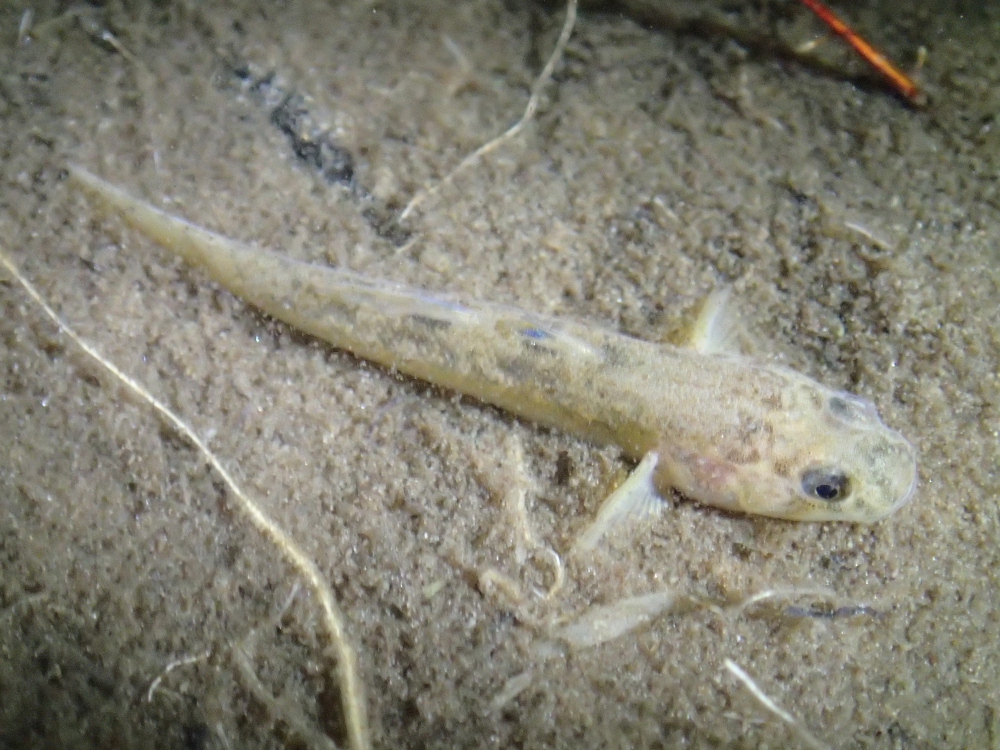|
|
FishAll freshwater and estuarine fish in Queensland are considered wetland indicators. Some fish are residents (e.g. rainbowfish and grunters) while others migrate, moving upstream and downstream to breed in response to seasons or flood events (e.g. Australian bass and silver perch). Not only are bony fish present in wetlands, but a few sharks, sawfish and rays also live in both fresh and brackish conditions. To find out more about species in your area visit WetlandSummary. For specific information on wetland species sightings visit WetlandMaps or Wildlife Online. Additional information
Pages under this sectionReferences
Last updated: 16 October 2023 This page should be cited as: Department of Environment, Science and Innovation, Queensland (2023) Fish, WetlandInfo website, accessed 8 May 2025. Available at: https://wetlandinfo.des.qld.gov.au/wetlands/ecology/components/biota/fauna/fauna-taxon/fish/ |

 — Department of the Environment, Tourism, Science and Innovation
— Department of the Environment, Tourism, Science and Innovation


